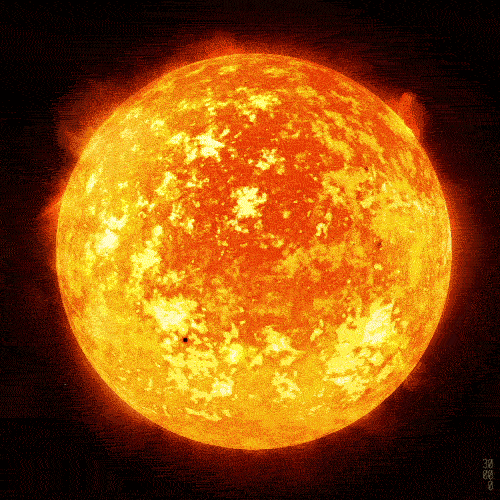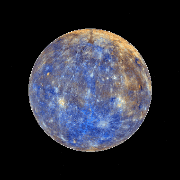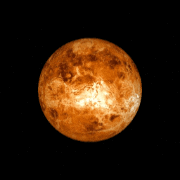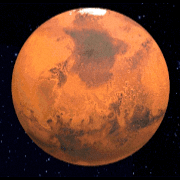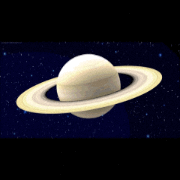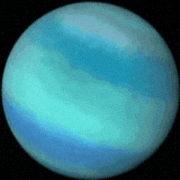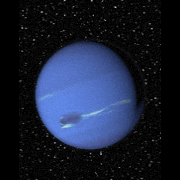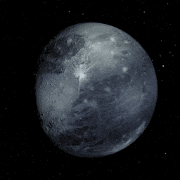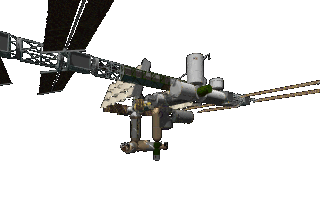Overview of Jupiter
Jupiter is the largest planet in our solar system, known for its massive size, striking appearance, and complex atmospheric phenomena.
It is classified as a gas giant, primarily composed of hydrogen and helium, and is famous for its Great Red Spot, a giant storm that has been raging for centuries.
Physical Characteristics
Size and Mass
Diameter: Approximately 139,820 kilometers.
Mass: About 318 times that of Earth, making it the most massive planet in the solar system.
Atmosphere
Jupiter's atmosphere is characterized by:
Composition: Mainly hydrogen (about 90%) and helium (about 10%), with trace amounts of methane, ammonia, hydrogen sulfide, and water vapor.
Cloud Bands: The planet exhibits distinct bands of clouds, known as zones (lighter) and belts (darker), which are a result of differential rotation and varying wind speeds.
Great Red Spot: A massive storm larger than Earth, persisting for at least 350 years, with winds reaching speeds of up to 432 km/h.
Temperature
The average temperature in the upper atmosphere is around -145 degrees Celsius.
However, temperatures increase significantly as you go deeper into the atmosphere.
Moons
Jupiter has a total of 79 known moons, with the four largest being the Galilean moons:
Io: The most volcanically active body in the solar system.
Europa: Believed to have a subsurface ocean, making it a candidate for potential extraterrestrial life.
Ganymede: The largest moon in the solar system, even bigger than Mercury.
Callisto: Known for its heavily cratered surface and ancient geological history.
Rings
Jupiter has a faint ring system composed mainly of dust particles. The rings are much less prominent than those of Saturn and consist of three main components:
Halo Ring: A thick, faint ring surrounding the planet.
Main Ring: A narrow, brighter ring.
Gossamer Rings: Two faint rings associated with the moons Amalthea and Thebe.
Exploration - Space Missions
Jupiter has been explored by several spacecraft:
Pioneer 10 and 11: The first missions to fly by Jupiter in the early 1970s.
Voyager 1 and 2: Provided detailed images and data about Jupiter and its moons in the late 1970s.
Galileo: Orbited Jupiter from 1995 to 2003, studying its atmosphere, moons, and magnetic field.
Juno: Currently in orbit around Jupiter, launched in 2011, it is studying the planet's composition, gravity field, magnetic field, and polar magnetosphere.
Interesting Facts
Rotation: Jupiter has the shortest day of all the planets, completing a rotation in just about 10 hours.
Magnetic Field: It has a powerful magnetic field, about 20,000 times stronger than Earth's, which traps a large number of charged particles.
Distance from the Sun: Jupiter is located about 778 million kilometers from the Sun, or approximately 5.2 astronomical units (AU).
Jupiter's immense size, complex atmosphere, and numerous moons make it a fascinating subject of study in planetary science.
Its unique features and the potential for discovering more about its moons, especially Europa, continue to intrigue scientists and astronomers alike.


